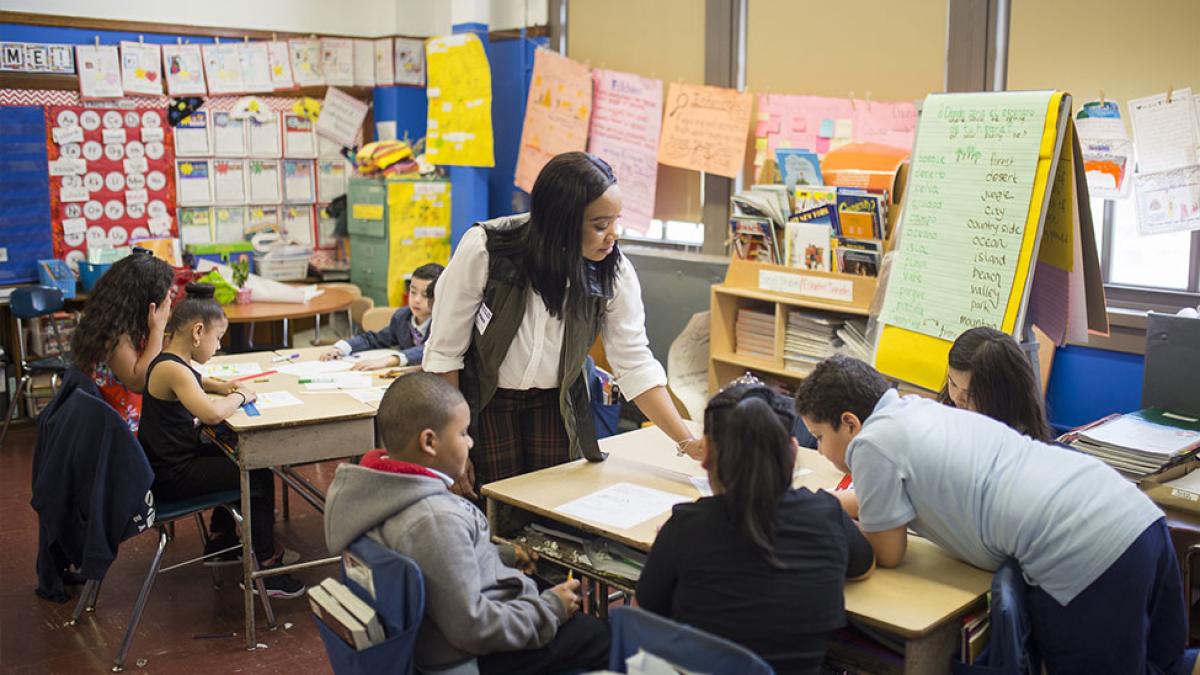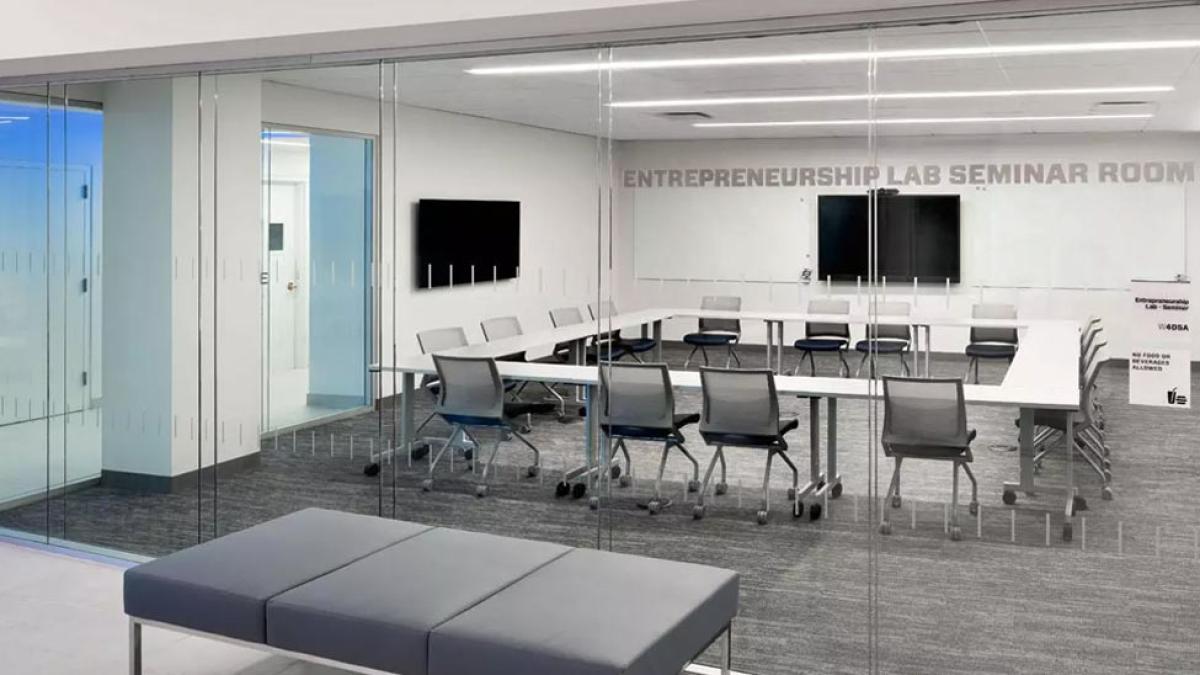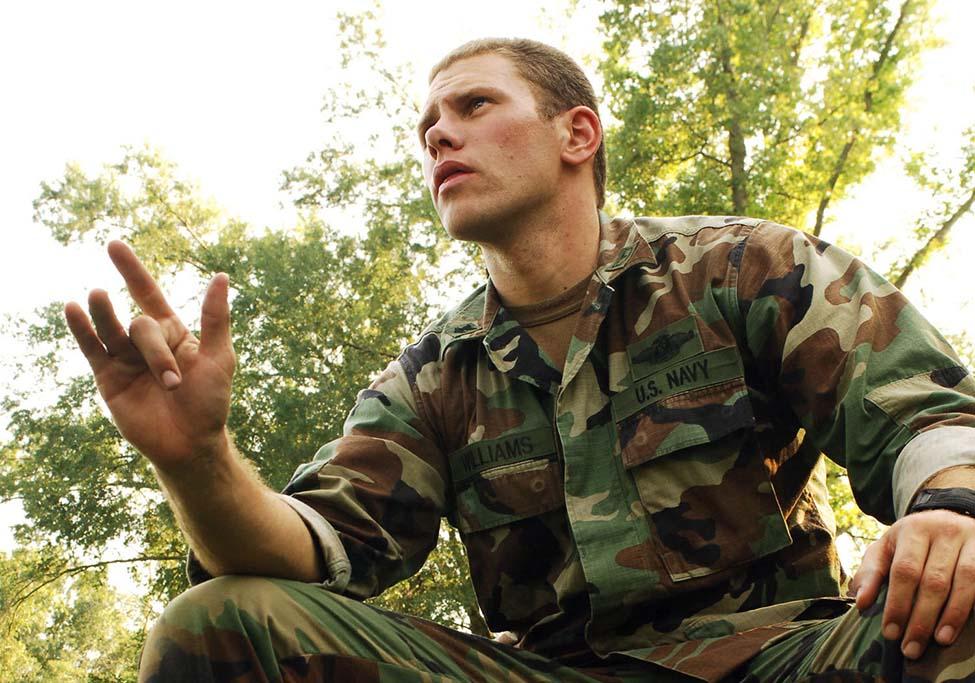
Finding Community After Service
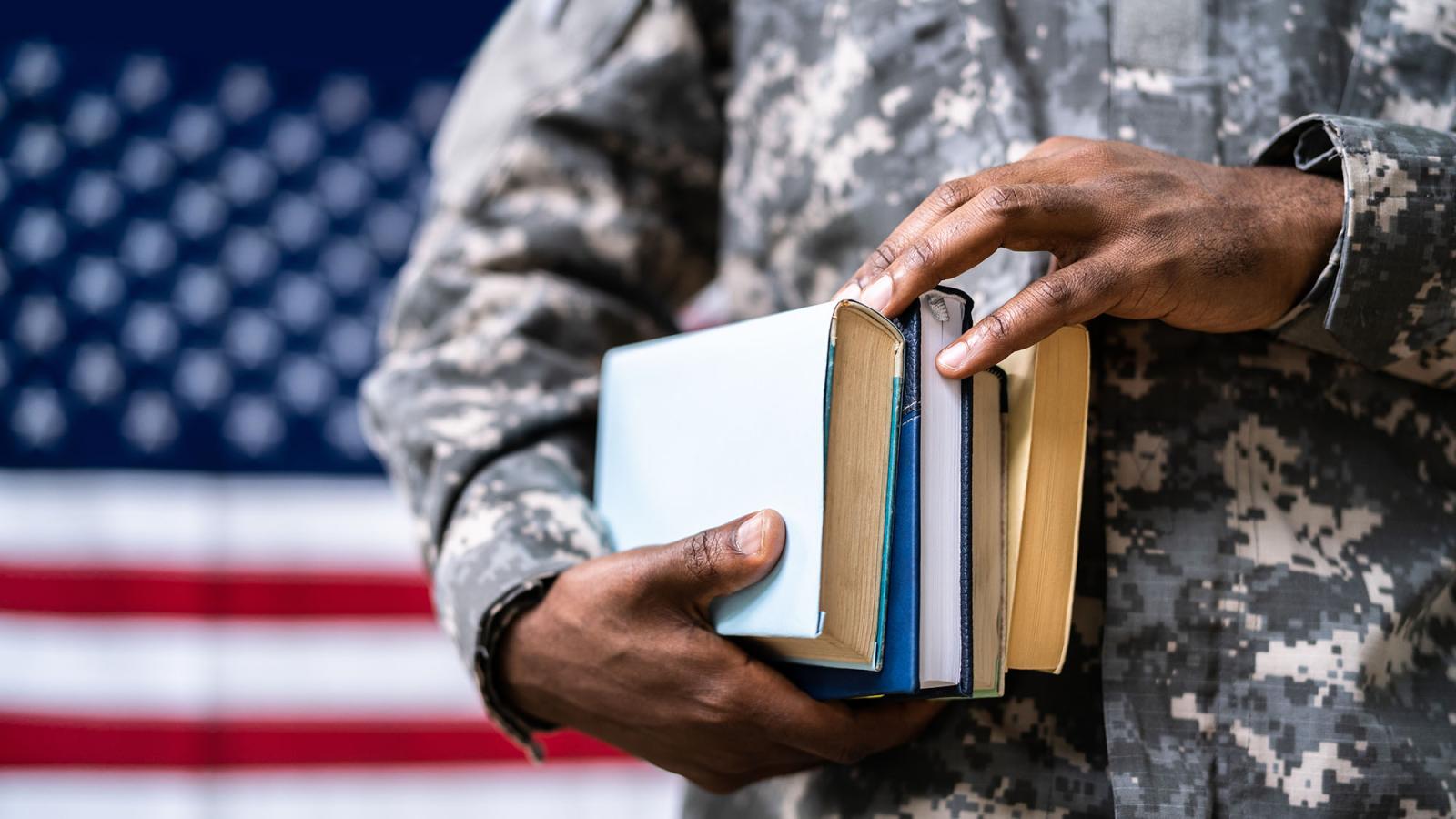
The number of people who know of someone in the military is on the decline. In 1995, 40% of the youth market had a parent in service, but by 2017 that number has dwindled to just 15%. According to a 2011 study conducted by PEW Research, 77% of adults 50 years of age and older had an immediate family member in service, whereas only about one-third of adults age 18–29 reported having an immediate family member in service.
This is largely the result of longer stretches of peacetime and more diplomacy. One of the unintended consequences, however, is a widening civilian-veteran gap, creating a divide between those who have served and the communities they return home to.
A strong sense of community and belonging can act as a defense against mental health concerns and for veterans, who are among the highest at risk for mental health crises, this sense of community is essential. But with this widening gap of experience and understanding, how do we create inclusive communities for our veterans? Especially for student veterans looking to join the campus community.
Two Veterans, Two Perspectives

It sucks to put anyone in a box.
It sucks to put anyone in a box,” says Neath Williams ’24, “just because of where they’ve been or what they’ve done.
Williams worked in the Navy from 1999 to 2009 as a combat medic, serving three tours in Iraq. When he left in 2009, he joined the Navy Reserves, travelling all over the country, until he retired in 2022. Now he’s working on his Master of Arts in Communications and Digital Media on the Westchester Campus and is one of the founding members of the Society of Artistic Veterans.
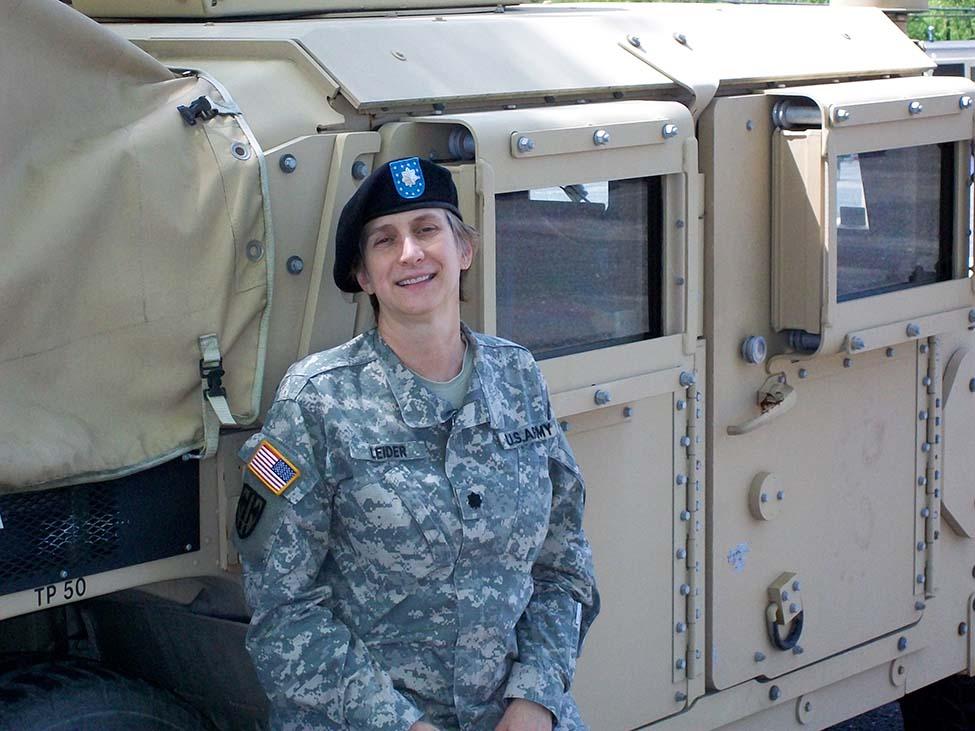
It helped me feel like I had a place I belonged.
Avery Leider, PhD, ’15, ’22 says, “When I came to Pace, I went to the campus store and bought a bunch of Pace University t-shirts and I wore them every day to class, and it helped me feel like I had a place I belonged.”
Leider retired from the military as a Lieutenant-Colonel after more than 25 years of service. She received both a master’s and a PhD from Pace in computer science and now teaches coding to girls through the Saturday Academy, and she’s been outspoken about her struggles with mental health and suicidal ideation after her retirement from service.
Williams and Leider came to Pace, which the Military Times called one of the best colleges for veterans, and have been active in their efforts to build community, discuss mental health, and bridge the gap between veterans and civilians.
It’s all about building that new routine. It’s essential for our way of life.
Neath Williams: Service and the Arts
Neath Williams spent more than 20 years in service, between his time in the Navy and the Navy Reserve. His passion now is the arts, especially theater, but he still carries his years of service with him. “Anyone who has been in any job for a long time, it’s going to become part of them,” he explains. “Ten plus years of service, it’s going to be part of your exoskeleton. And I think it’s important for people to know that.”
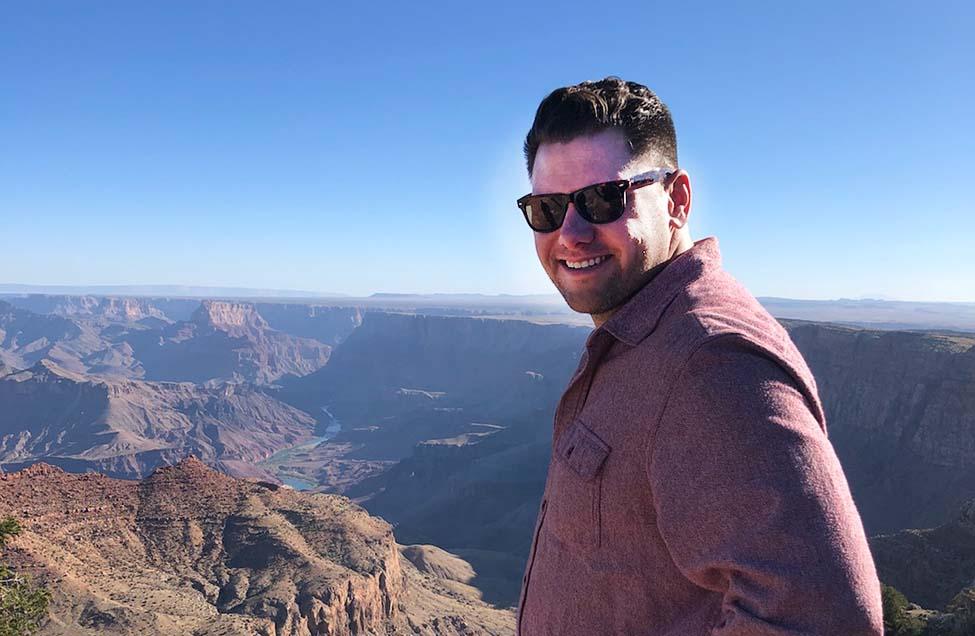
One of the things Williams appreciates most about his time in service is the scope of perspectives and backgrounds he came into contact with. He tells stories of someone he served with who swam from Cuba to Florida on a door and then immediately enlisted, and of a Venezuelan man whose last name was America and could speak fluent Arabic to the people they met. “It’s amazing to see the diversity,” he says. “It was a beautiful rainbow of people, and it felt like a reflection of the bigger scope of humanity. If I hadn't served, and just stayed in Kentucky, I don't think I would have gotten to experience that, and I very thankful for those experiences."
Ten plus years of service, it’s going to be part of your exoskeleton. And I think it’s important for people to know that.
And Williams believes this perspective in the classroom is powerful. He noticed, both in school and in previous roles in the film industry, that his military service made it easier for him to keep perspective and not sweat the small stuff. He also believes student veterans may have a more holistic view of the importance of their education. “Most have goals set for after school, and they’re focused on that,” he explains. “They may be more focused on learning the actual content rather than on passing the class. This is the stuff we came here for.”
During his time as an undergraduate student, Williams formed the Society of Artistic Veterans alongside fellow student veterans at Marymount Manhattan College, with the hopes of creating art that brought a veteran perspective, regardless of the content.
It hasn’t been lost on Williams that there are many preconceived notions about what a veteran is, and ‘artist’ is not often in that description. “Even my partner said she’d never met veterans in the arts. And then she met me and my friends who are in the arts and have a different point of view, not necessarily the view most people think of when they think of what a veteran might think. A lot of people might put veterans in a box.” He further explains, “There are a lot of groups that have appropriated military culture so a lot of us who don’t align with those want to show another version of who veterans can be. That’s important to us. And the arts are a big way to do that, especially theater.”
We need more of that in our society, more groups that are gathered to do good things for each other. Through theater, though, I think we can do that.
Williams is quick to remind that, despite this view, “there’s a long history of the arts coming from military service,” citing Ancient Greece, where generals were often playwrights, soldiers’ training included theater, and plays often re-enacted military campaigns. And it certainly makes sense because, as he puts it, “Those kinds of situations lead to storytelling.”
That is one of the goals of the Society of Artistic Veterans, to tell stories that veterans have had a hand in bringing to life, and to open a dialogue with audiences. Their performances always include talkbacks, where audiences can ask questions and veterans can offer their perspectives, and perhaps do some healing. “Storytelling is a healing process itself. If you get men and women who served together, eventually they’ll start swapping stories. When you do a staged play or a reading, there’s some of that as well,” he explains. “We could bridge the gap after the play, by being in the room with the civilian actors and audience members where those conversations could happen.”
Now that the initial shock of the pandemic is settling and live performances are beginning to return, Williams is hoping to rebrand the Society of Artistic Veterans into a theater collective, with a veteran-forward mission that not only brings healing and stirs these important conversations but also helps bridge the civilian-veteran gap. “You miss that camaraderie you have in the units,” he says. “We need more of that in our society, more groups that are gathered to do good things for each other. Through theater, though, I think we can do that. Even if it’s just for a moment.”
Avery Leider: Sharing Her Story
Dr. Leider can’t seem to speak highly enough of her time at Pace, from the encouragement of her faculty, the exciting nature of the content in her program, to the support she received as she transitioned to student life after she retired from the Army as a Lieutenant-Colonel. “Pace has a very supportive environment. They have a veteran’s coordinator that makes sure you get your benefits and fill out your forms on time. And Career Services does a really good job of putting together a veteran job fair to connect veterans with employers specifically looking to hire veterans,” she explains. “That kind of support, and the Yellow Ribbon Program, makes you feel welcome.”
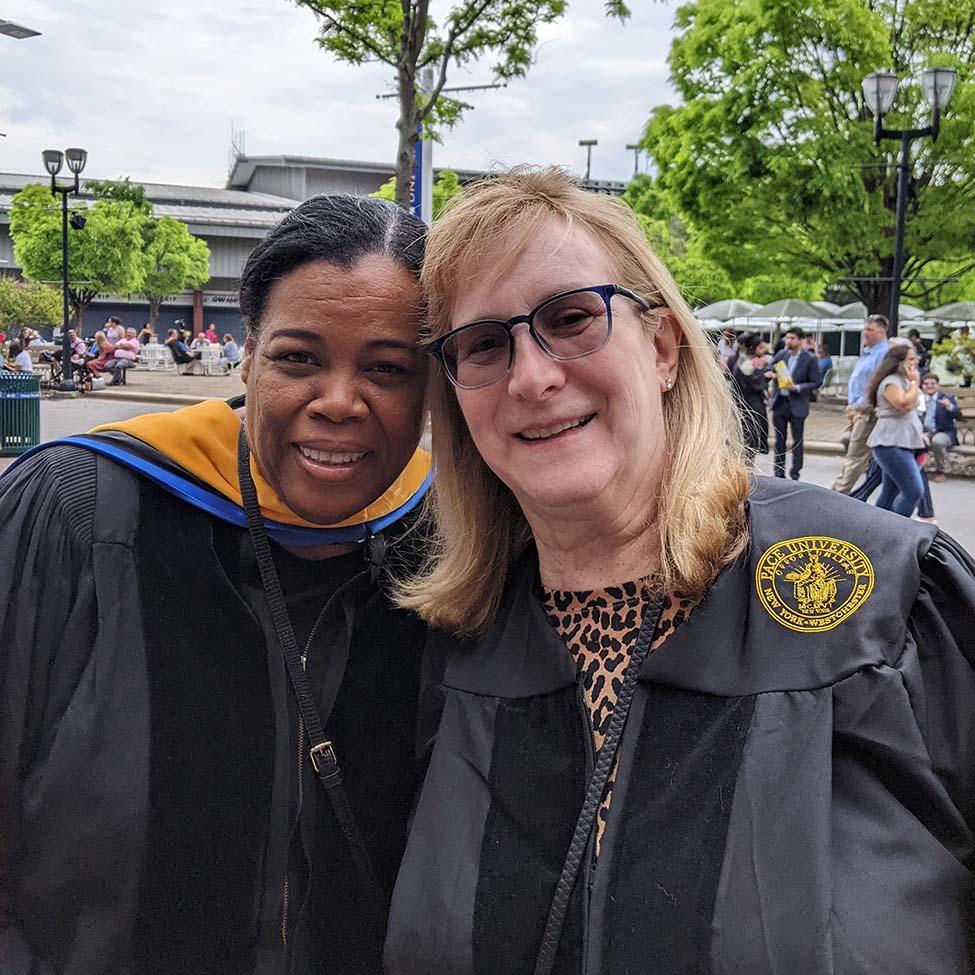
She enjoyed her time so much as Pace that after completing her Master of Science in Computer Science in 2015, she returned for a doctorate in computer science, which she completed in 2022. With guidance from her doctoral advisor Pauline Mosley, DPS, she studied quantum computing and practiced grant-writing, and she’s now teaching coding to girls between the ages of 10 and 14 through the Saturday Academy, a job she secured with help from Mosley.
Before she got her degree, Leider was already entrenched in computer science in the military, where she served for more than 25 years. “Women are in the minority in most areas of the military, especially in the Army, so I was always trying to prove myself. And I loved it,” she says. “It was adrenaline, a fix, it was a constant need to prove myself, that I was better at computers, that I was smart. To prove that you needed me no matter how eager you were as a male soldier because I was better with computers.”
It was adrenaline, a fix, it was a constant need to prove myself, that I was better at computers, that I was smart.
But eventually, her time in service came to an end. “Eventually, you age out and you need to go, because the Army is all about young people,” she explains. “You have to retire and do something else, and that was so hard for me to see.”
Leider has recently opened up about just how hard it was for her to cope with this period of her life. “I couldn’t see my future anymore. I thought that the Army was the only place for me, and there was no place beyond the Army. I thought that was my whole life,” she explains. “When I started to look at retirement from the military, I started to get thoughts of suicide. They didn’t disturb me at first but when they did eventually, they caused me to have a suicide attempt.”
She credits the reason she is here to tell her story to the Veteran’s Hospital, where she was eventually transferred. “I got life-saving treatment. I’m still under their care, I still see VA doctors and therapists. It’ll be for the rest of my life, but I have no suicide ideas at all, and I get really good care.” Leider wishes more veterans would reach out and receive the services she did. “The Department of Veterans Affairs sees more veterans with suicidal ideations than any other healthcare system in the world. So, they know how to do it. They’ve stopped many a suicidal vet from carrying out their ideas.”
There’s also separation grief. There is a lot of friendship and camaraderie in service. When you hang up your uniform, you leave it behind.
Leider explains what the research shows—veterans are the majority of people attempting suicide, and 22 veterans succeed every day. She can empathize with that sense of hopelessness and the misguided certainty that suicide is the only option. More than anything, she thinks the reason veterans are so at risk for suicidal thoughts comes down to grief. “Grief that we’re not on the frontline fighting or contributing as much as we could. Only a small percentage of the active-duty soldiers are in the line of fire. So, all of those who are not feel tremendous survivor’s guilt. There’s also grief for those you know who are injured or killed.” She continues, “There’s also separation grief. There is a lot of friendship and camaraderie in service. When you hang up your uniform, you leave it behind.”
Leider is certain of one thing—the right kind of intervention works. She explains, “I know in my case I was very irritable towards my family and friends who loved me because I wanted to distance myself from them so they would not interfere with my plans. However, I did get interference from the VA, who knew the right words to say to me to get me to accept treatment, and I can say I am grateful for each moment of my life today.”
To think that I was once in that place, because I couldn’t see my future—I can’t imagine now being that way.
Leider only first shared her experience with suicide in November 2022, when she was a guest on “The Greenburg Report” on WVOX. She shared her story, as well as information on the newly fully-funded federal suicide hotline, 988. Leider didn’t intend to tell the story, but “it just came out,” She admits. “But it felt good to share the number. The show’s host, Paul Feiner, later had a call-in from the veteran community there and they agreed it was good to share the number, to help get veterans in treatment.” She fully believes that the number of veterans lost to suicide is not because help isn’t available, but because they don’t seek help.
These days, Leider has a lot of hope. “To think that I was once in that place, because I couldn’t see my future—I can’t imagine now being that way.” And she’s excited about the opportunity to study the newest innovations in computer science and to be on the frontlines of future thinking. As she explains it, “Thinking about the future is an inoculation against suicidal ideations.”
One Pace, One Community
The way we treat our veterans has come a long way, but offering veterans a hearty welcome and a sense of community is just one necessary component of veteran inclusivity. Looking beyond a uniform and our preconceived notions of service creates space for different perspectives and a growth as a unified community—at Pace and beyond. As our world gets better at settling conflict, and that civilian-veteran divide continues to widen, creating veteran-inclusive communities can mean all the difference.
For information on Veteran’s services at Pace, visit the Veteran’s Office website.
If you want to learn more about the Student Veterans of America chapter at Pace, send an email to svanyc@pace.edu or join their Discord server.
Learn more about the Society of Artistic Veterans and check out archives of their work.
If you or someone you love is struggling with suicidal ideation, please utilize the 988 Suicide and Crisis Lifeline. Veterans can press 1 to be connected to veteran-specific help and services.
More from Pace Magazine
Through an inter-collegiate emerging technology competition, graduate students Chuk Ezuma and Rikin Gajjar developed M3, a product that would enable medical professionals to treat elderly patients using the technology of tomorrow.
Through interdisciplinary collaboration, the School of Education and Dyson's Film and Screen Studies departments are helping a major school district in Florida tackle the challenges of today’s teacher shortage head-on.
The Pace Entrepreneurship Studio supports new startups, from ideation to funding—from conception to operation. Our mission is to teach you the "how" and to support the "what"—providing students and alumni with a complete blueprint for establishing successful businesses.

